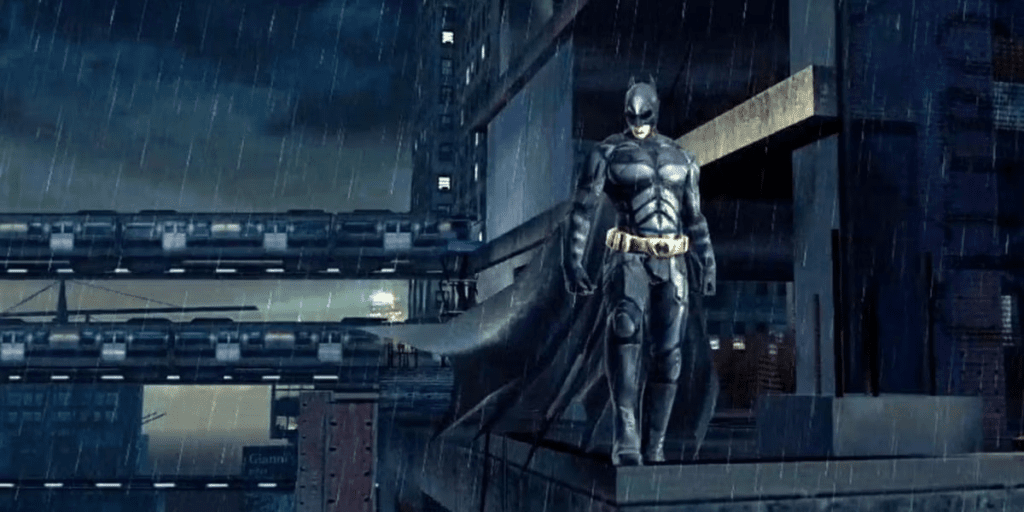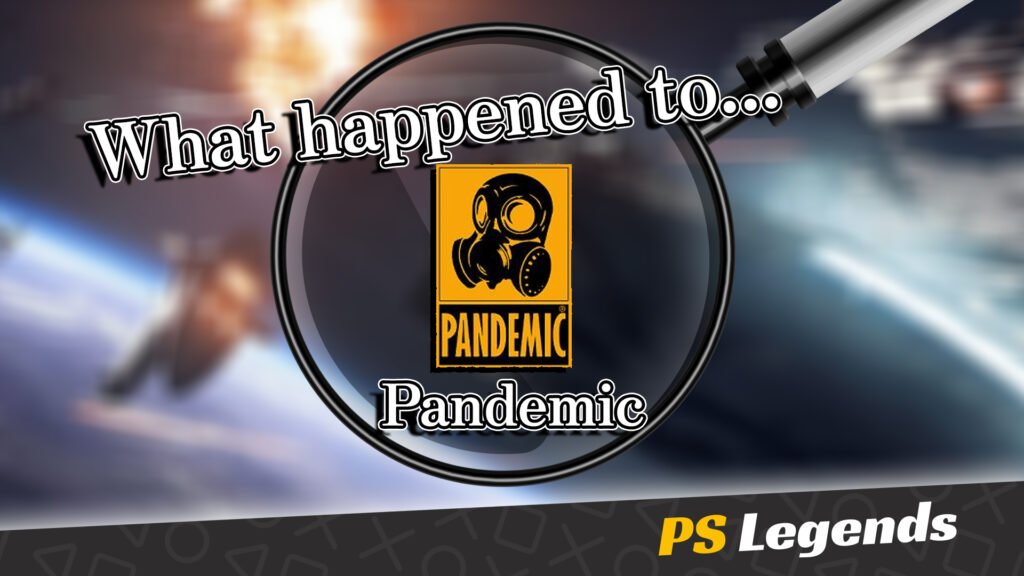Activision’s Baby
Pandemic Studios was formed in 1998 by president Josh Resnick and CEO Andrew Goldman, both formerly of Activision, along with most of the original team members that worked on Battlezone and Dark Reign: The Future of War. The studio was founded with an undisclosed equity investment by Activision. Pandemic’s first two games, Battlezone II and Dark Reign 2, were both sequels to the aforementioned games for Activision.
In 2000, Pandemic opened a development studio in Brisbane, Australia, within the suburb of Fortitude Valley, whose first project was Army Men: RTS, a real-time strategy console game using the Dark Reign 2 engine. Destroy All Humans! was the studio’s next game. In 2003, the Los Angeles studio moved from its founding location at Santa Monica to a high-rise building in Westwood.
In November 2005, a partnership was announced between Pandemic and Canada’s BioWare, with private equity fund Elevation Partners investing in the partnership. Both companies retained their brands and identities. On October 11th, 2007, it was announced that VG Holding Corp., BioWare and Pandemic’s owner, would be acquired by Electronic Arts as of January 2008, subject to FTC approval.

Zero
Zero is the common name for the evolution of the proprietary game engine created by Pandemic Studios. It was used first in the game Battlezone II: Combat Commander and later used in several Star Wars games including the popular Battlefront series. Battlezone II: Combat Commander and Dark Reign 2 both feature an in-engine editor accessible via commands. It was given additional 3D functionality with Dark Reign 2, which was further improved upon for Army Men: RTS.
The engine was revamped for Star Wars: The Clone Wars to accommodate consoles and third person gameplay. The engine was again retooled for Star Wars: Battlefront and the level editor was made a separate entity from the game engine. A set of modding tools including ZeroEdit, the new level creation tool, were released for use with Star Wars: Battlefront on December 23rd, 2004.
An updated version of the tools were released on February 2nd, 2006 for Star Wars: Battlefront II. Pandemic used Zero as their primary engine for several of their games developed in their Los Angeles, California studio. Havok physics engine capabilities were integrated with Zero for Mercenaries: Playground of Destruction. A new engine was built for 2008’s Mercenaries 2: World in Flames.

Batman Begins… and Ends
Prior to the company’s acquisition by Electronic Arts, Pandemic’s rising success would see the studio approached by Warner Bros and granted the rights to develop a high-profile movie tie-in. This was to be the first open world game to feature the DC superhero Batman and was based on Christopher Nolan’s film, The Dark Knight. In Batman: The Dark Knight, the player controlled Batman, who could freely explore Gotham City, drive vehicles, and perform missions. Pandemic was given access to the film’s script and other materials, and the film’s cast would reprise their roles for the game.
Pandemic began working on the game before the film’s principal photography commenced. Batman: The Dark Knight was initially developed in the same linear style as the 2005 Batman Begins tie-in game, but was retooled when the studio decided an open world approach would better suit Nolan’s interpretation of Batman. Development was stalled when Pandemic’s staff discovered their game engine was incompatible with most assets. Restarting development of the game meant it would not reach its intended December 2008 deadline, and so publisher Electronic Arts (EA) chose to cancel the game entirely.
EA reportedly missed US$100 million in potential revenue by not releasing a Dark Knight video game. The publisher did not renew its license for the Batman intellectual property afterwards. The rights reverted back to Warner Bros. Interactive Entertainment, who funded new developer Rocksteady, which went on to release the critically acclaimed Batman: Arkham series. Batman: The Dark Knight was kept a secret during its development cycle; Gary Oldman made the only public mention of it during production. Since the game’s cancellation, numerous video game journalists have retrospectively considered its potential.

A Costly Decision
With two years of development time lost, and Warner Bros and other publishers backing away from Pandemic, the team would suffer financial hardship. In February 2009, the Brisbane office was shut down. Nine months later, in November, EA cut a total of 1,500 jobs, which affected various studios, including Pandemic. On November 17th, EA officially confirmed Pandemic’s closure, laying off 228 employees.
The company absorbed 35 Pandemic employees into its EA Los Angeles studio to support completion of The Saboteur and an unannounced project which was later revealed to be Mercs Inc, a sequel to the Mercenaries series. In response, four disgruntled former employees of the studio created an Office Space-style video, where they are shown smashing their office printer.
Over a dozen former Pandemic developers are now employed at 343 Industries having worked on Halo: Combat Evolved Anniversary and Halo 4. Other former employees have gone to work for Infinity Ward, Treyarch, Respawn Entertainment (who EA would later acquire in 2017), Blendo Games and many others.




